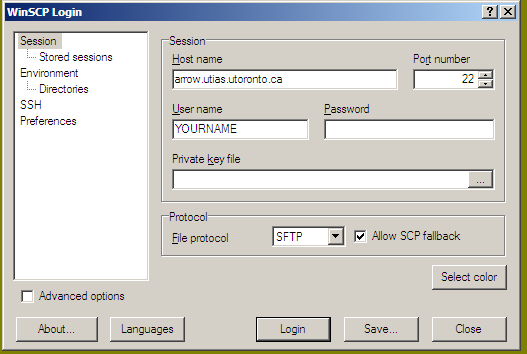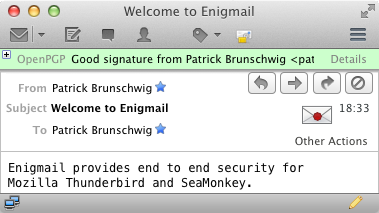


Most Linux distributions have gpg in their package repository. You will need to install brew first if you don't already have it. There is a formula for gpg named gnupg: GPG for Mac Homebrew. The easiest way to install on Mac in my opinion is using Mac Homebrew. Just run the installer and then gpg will be available in your command prompt. You can find the installer at Windows GnuPG installer (Gpg4win) download page. On Windows, I recommend the Gpg4win application.

You can find the download links for all available platforms and source code on the official GnuPG website. You can find the DevDungeon public GPG key at. You can encrypt and sign binary files just the same as text messages. In this tutorial, the word 'message' is synonmous for 'file' or 'document'. There are bindings to most programming languages so you can use it within your own custom application, but this tutorial is focused on the command-line utility gpg. This tutorial will go over basic key management, encrypting (symmetrically and asymmetrically), decrypting, signing messages, and verifying signatures with GPG. GnuPG is a cryptography tool that helps you manage public and private keys as well as perform encrypt, decrypt, sign, and verify operations. Encrypt for a single recipient (asymmetric).


 0 kommentar(er)
0 kommentar(er)
